Shotguns are still relevant in modern warfare thanks to a new threat
- By Travis Pike
Share This Article
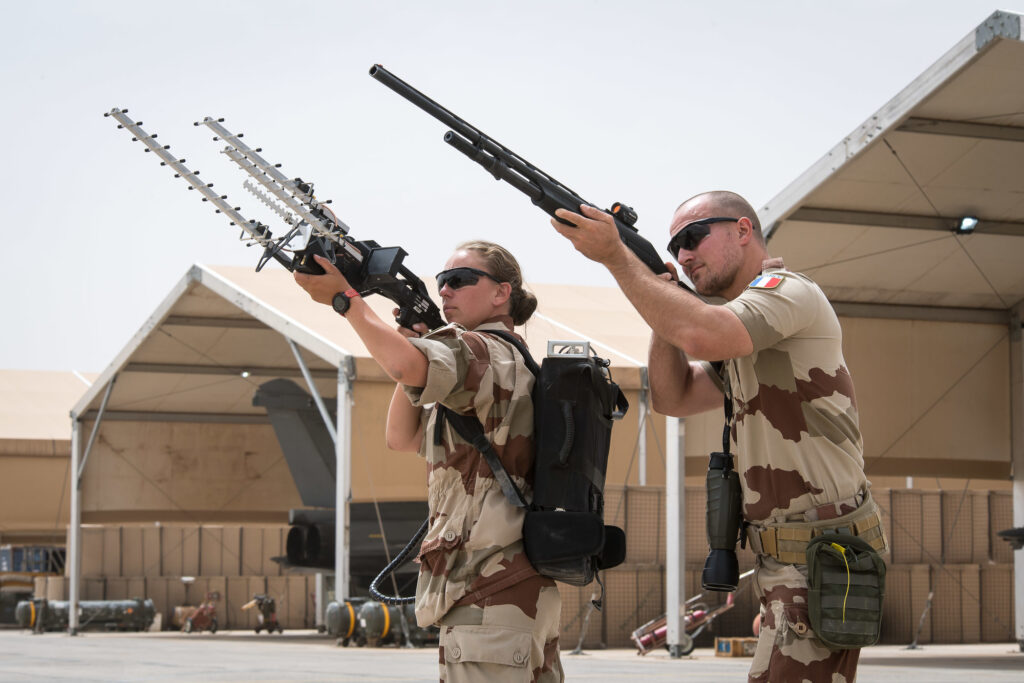
The shotgun’s role in warfare has had an interesting development. During the Revolutionary War, the famed buck-and-ball loadings proved to be remarkably efficient at ensuring the Red Coats stayed red. In the Civil War, the Confederacy often lacked rifles, and mounted troops with muzzle-loaded shotguns wreaked havoc on horseback. World War I made them trench guns, and World War II jungle guns. The GWOT had them knocking down doors, and, in 2024, shotguns found a new niche role.
The rise of cheap, mass-produced, civilian, and even toy-grade drones has changed the battlefield. In many ways, drones are the new Improvised Explosive Devices. They are a new, extremely dangerous threat that doesn’t comply with the tactics we’d been taught for the last two decades. The war in Ukraine has cemented commercial drones as potent weapons.
Much like aircraft in World War I, commercial drones started life as reconnaissance assets, but it wasn’t long until they were weaponized. Given the size and price of commercial drones, they are remarkably efficient and extremely deadly.
Several high-tech counter-drone measures have been employed and more are being developed. While these tools are few and unrefined, the humble shotgun has once more emerged as a potential anti-commercial drone option.
The shotgun as a drone killer
Shotguns function differently than rifles or pistols. They are loaded with sealed shells that hold multiple projectiles inside them called shot. Therefore, when a shotgun is fired, it fires multiple projectiles all at once. The spread of shot famously makes it easier to hit your target.
One of the most common uses of shotguns is hitting flying targets, this could include birds and clay pigeons – but drones are also flying targets, so shotguns are their natural predators.
The benefit of shotguns is that they are low-tech and easily available. Further, shotguns are fairly lightweight weapons and could be carried by a designated troop alongside a service rifle. Sure, it sucks to carry two guns, but it also sucks to get a grenade dropped on you from a tiny drone.
The best shot option to take out drones would be birdshot, specifically, heavy birdshot made for shooting geese and similar large fowls. The pellets wouldn’t even have to completely destroy the drone; instead, just a few pellets hitting the propellers or body could destabilize it enough to render it ineffective.
When it comes to shotgun type, semi-auto would work best as they allow for quick follow-up shots in case of a miss. (Pump-action shotguns could also work: although they require the manual movement of a pump to chamber the next cartridge, they would still offer a fairly fast second shot.)
Related: These are the 7 standout combat shotguns from around the world
A proven concept
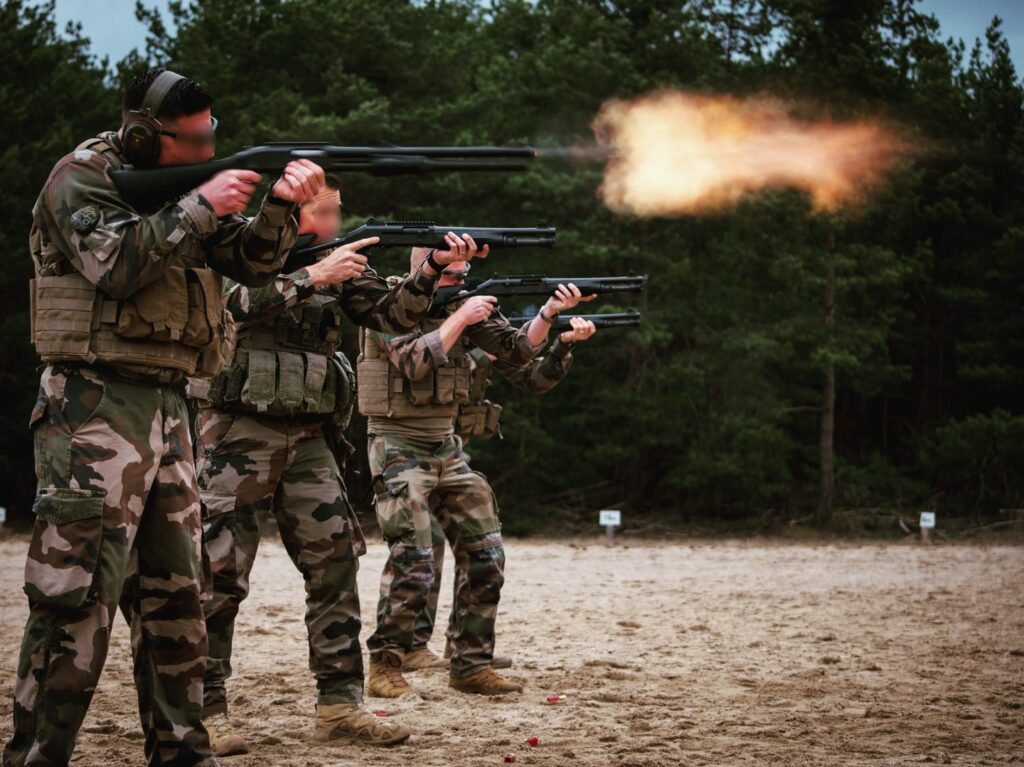
In 2022, the French Armed Forces chose the Benelli Supernova 12-gauge as their shotgun and adopted tactical models with 18- and 14-inch long barrels. However, they also adopted a 28-inch barreled model to serve as an anti-drone weapon, as the longer barrel offers a longer sight radius and better swing for dealing with flying threats.
The Supernova also offers a 3.5-inch chamber, which allows for some hefty rounds with lots of shot dispersed. (The 3.5-inch rounds are popular with bird hunters because of all the shot they can hold.)
The Supernova is an interesting choice but fairly standard compared to the Ukrainian option.
Ukraine’s armed forces purchased several thousand Turkish Hatsan shotguns in a bullpup configuration. This means the magazine and action are behind the trigger, making the weapon shorter, which is nice for armored troops. However, Turkish shotguns have a poor reputation for reliability, and I imagine the battlefield will beat them to hell.
On the other hand, the Belgians adopted the Benelli M4, one of the world’s best fighting shotguns for anti-drone work. The United States is experimenting with both shotguns and electronic countermeasures against drones.
The downside of shotguns
Shotguns have a very limited range and even with the best birdshot, we are looking at 50 yards at most. Yet, drones can fly higher than that. Specialized munitions could potentially resolve that, and they do exist in the form of various net devices. Still, those create a logistic-chain issue versus standard off-the-shelf options.
Even with their limitations, shotguns prevent drones from getting too close. The closer a drone can get with a droppable munition, the more accurate it tends to be. Also, drone cameras don’t always provide the clearest footage, which can force a drone to fly lower to spot targets.
Shotguns won’t be the ultimate, end-all option against commercial drones, but they are an infantry and armor organic weapon that could be easily used in this roll.
Commercial UAV warfare has carved another niche in which the shotgun can excel. No matter how warfare has changed since the 18th century, shotguns continue to serve on the battlefield.
Read more from Sandboxx News
- How to avoid a 500lb bomb blast: A Delta Force philosophy on speed
- Video: When the US military tried to build a Fallout armor
- Remembering Saipan: The battle that reshaped the Pacific
- The legendary aircraft people think America operates in secret
- Video: Will America’s new stealth fighter be shot down by cost already?
Related Posts
Sandboxx News Merch
-

‘AirPower’ Classic Hoodie
$46.00 – $48.00 Select options This product has multiple variants. The options may be chosen on the product page -

‘Sandboxx News’ Trucker Cap
$27.00 Select options This product has multiple variants. The options may be chosen on the product page -

‘Sandboxx News’ Dad Hat
$27.00 Select options This product has multiple variants. The options may be chosen on the product page

Travis Pike
Travis Pike is a former Marine Machine gunner who served with 2nd Bn 2nd Marines for 5 years. He deployed in 2009 to Afghanistan and again in 2011 with the 22nd MEU(SOC) during a record-setting 11 months at sea. He’s trained with the Romanian Army, the Spanish Marines, the Emirate Marines, and the Afghan National Army. He serves as an NRA certified pistol instructor and teaches concealed carry classes.
Related to: Gear & Tech
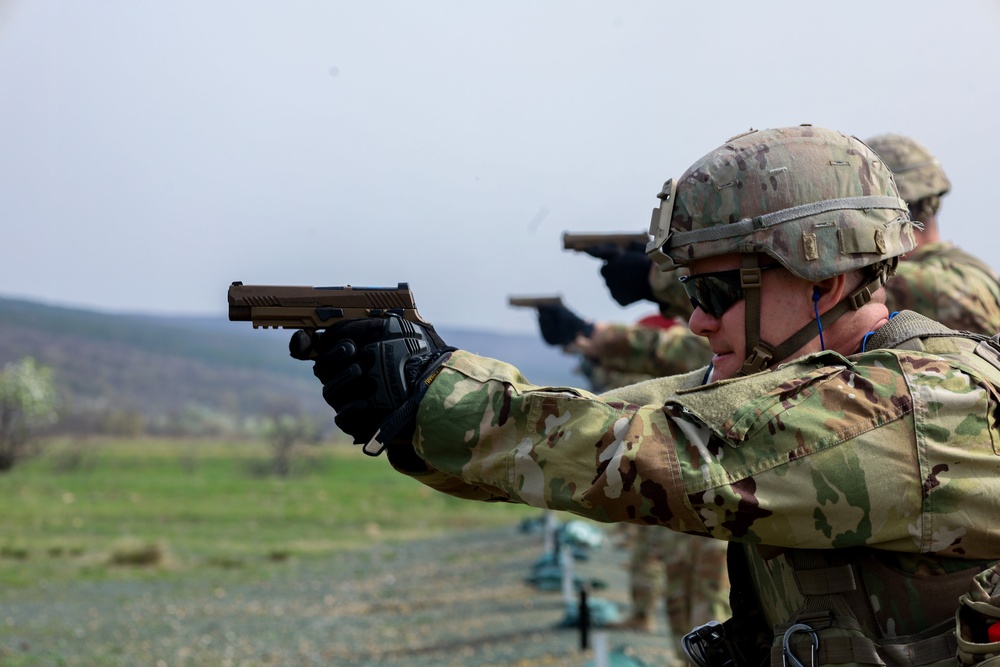
Are the Army’s old Beretta M9 and new SIG M17 pistols as similar as people think?

The Switchblade, loitering munitions, and the new terrifying face of warfare
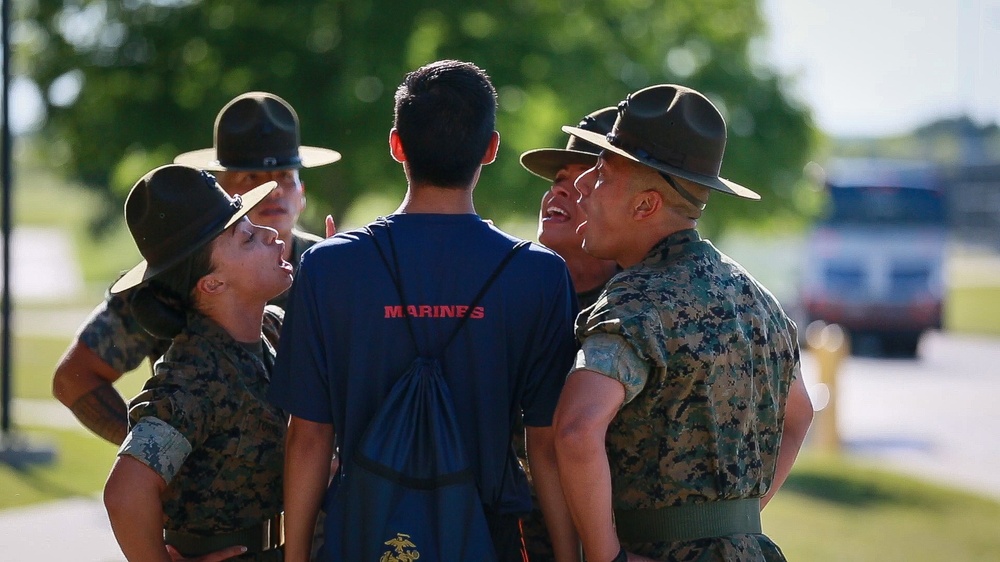
5 ways to prepare and survive the Marine Corps boot camp
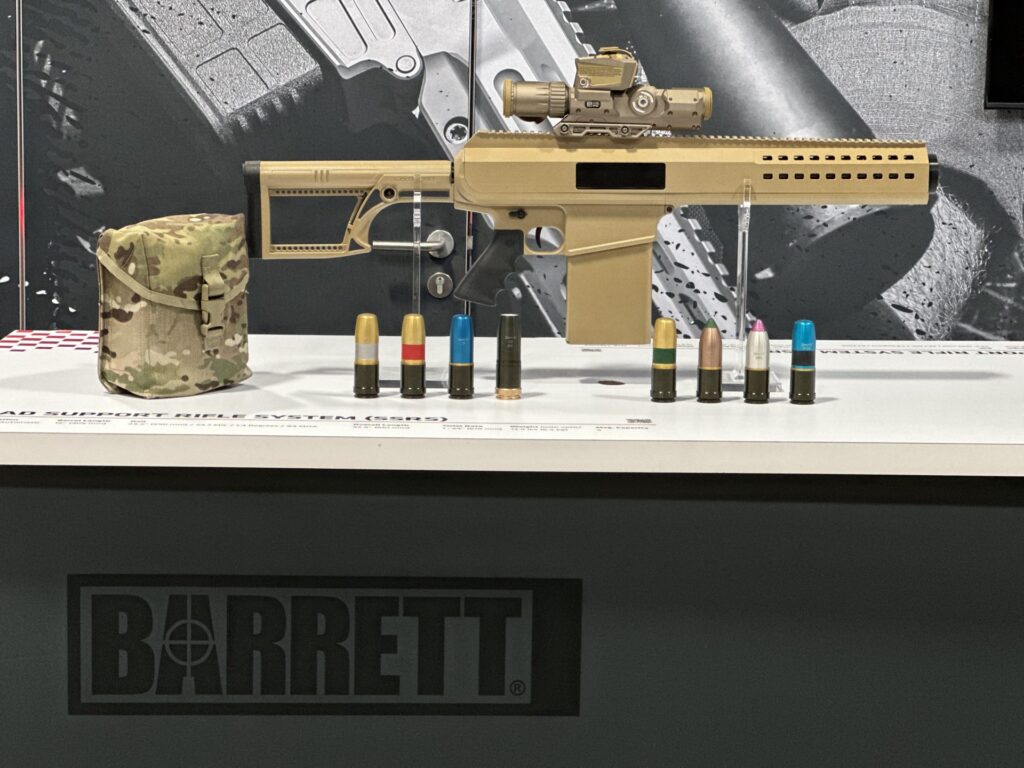
Barrett’s Squad Support Rifle System will make infantry squad deadlier
Sandboxx News
-

‘Sandboxx News’ Trucker Cap
$27.00 Select options This product has multiple variants. The options may be chosen on the product page -

‘AirPower’ Classic Hoodie
$46.00 – $48.00 Select options This product has multiple variants. The options may be chosen on the product page -

‘AirPower’ Golf Rope Hat
$31.00 Select options This product has multiple variants. The options may be chosen on the product page -

‘Sandboxx News’ Dad Hat
$27.00 Select options This product has multiple variants. The options may be chosen on the product page
